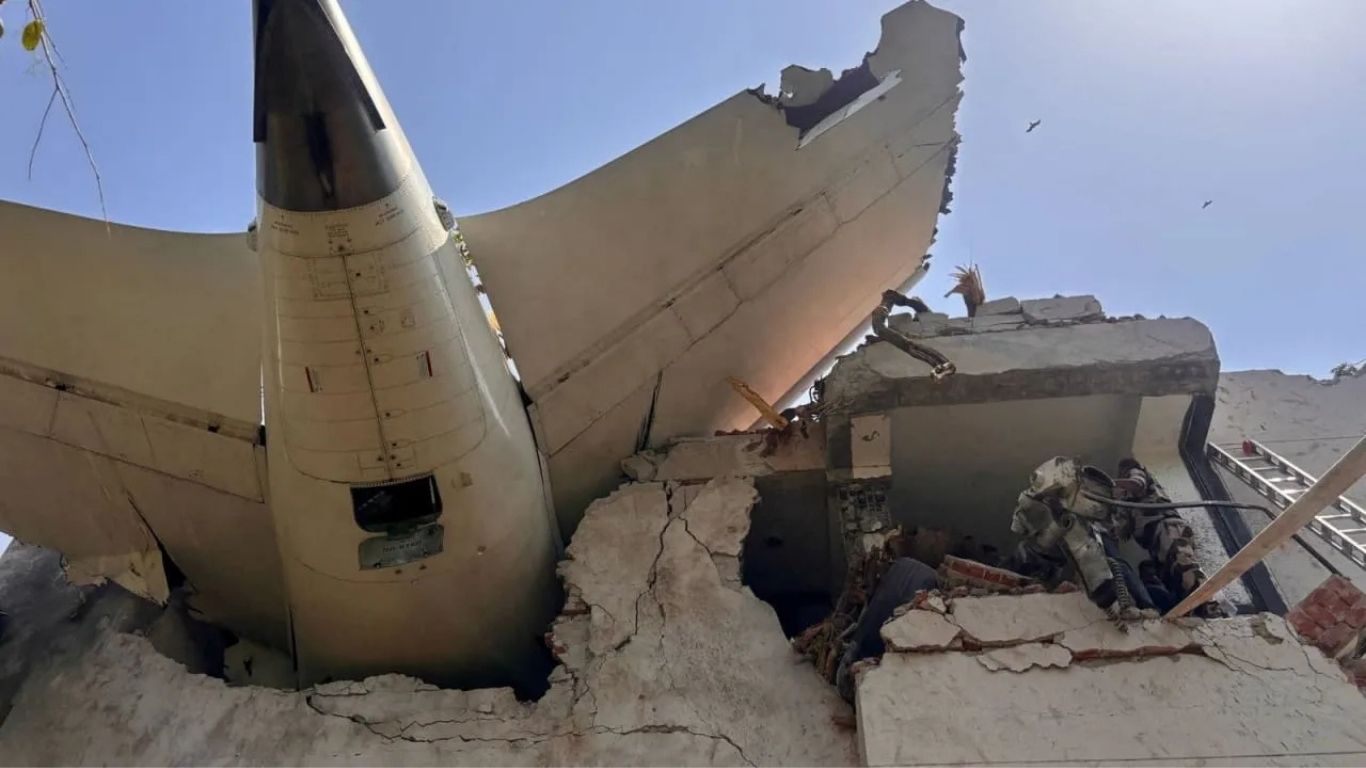The abyss of the Earth, the Mariana Trench, 2,550 km long and a staggering 10,994 meters (36,070 feet) deep at its darkest point—the Challenger Deep—is a curving cut in the seafloor. Beneath the western Pacific, hidden behind darkness, there is a world so strange, so full of life that one is like visiting a second world. This is not just the world’s lowest point; it is a geologist’s marvel, a biologist’s mystery, and a testament to man. Let us journey there to untangle the secrets of the Mariana Trench and see why scientists, adventurers, and fantasists are attracted to its unfathomable depths.
A Geological Masterpiece
The trench is not that deep just due to the continuous movement of Earth’s tectonic plates. There, the massive old Pacific Plate is pushed under the lighter Philippine Plate in a process of subduction. It creates a deep, V-shaped trench, and at the bottom of that is the Challenger Deep. Imagine a divine sculptor carving a canyon so deep that Mount Everest, 8,848 meters tall, would be situated within with over 2 km of water over its peak. The trough-like shape of the trench plus the continuous grinding of the plates are responsible for its much deeper nature than that of any oceanic trench, all the way to the Kuril.
It is a geology hot spot, too. Boom, shaking quakes occur any time plates make a movement, and the trench sediments hold the history of Earth, ranging from primitive microbe life to ancient ocean chemistry.Depth is not just what it takes to drill the Mariana Trench—it is uncovering the secrets of dynamic Earth crust.
Life at the Bottom
Where pressure is over 16,000 psi (well over 1,000 times that at the surface) and temperatures are at or below freezing and sunlight is a distant memory, one would expect a barren wasteland. But the Mariana Trench is full of fascinating life, life that thrives in conditions that would be deadly to nearly all life. Such extremophiles redefine what constitutes requirements to survive.
- *Amphipods: Amphipod shrimp, or *Hirondellea gigas, are predators that feed upon “marine snow”—dead organic matter falling in fragments from the surface. Amphipods are not subject to crushing and have been found at depths of as little as the Challenger Deep.
- *Snailfish: The deepest-living fish, *Pseudoliparis swirei, ranges between 6,000 and 8,000 meters deep. Its transparent and soft body is
- Xenophyophores: Single large cells build intricate shells with sediment and are alive on the muddy floor of the trench.
- Microbes: Microbes that are found near hot vents or in sediments make use of chemosynthesis where there is no sunlight. Energy is produced by chemicals like methane or sulfur.
They are dependent upon limited resources and yet strangely resilient. Sadly, man has made his presence felt even at this distant edge—plastic bag, microplastics, and even a candy wrapper have reportedly been found at the Challenger Deep, a poignant reminder of just how interdependent this world of ours is.
The quest for new worlds.
A visit to the Mariana Trench is a journey to another world, a feat of engineering to match a visit to outer space. The dive by the first people, possible only in 1960, took Jacques Piccard and Don Walsh to the Challenger Deep in the bathyscaphe Trieste. Five hours to descend were followed by 20 at the floor, with silt in their eyes and equipment creaking under pressure. One expedition by film maker James Cameron was taken in the Deepsea Challenger in 2012, descending in a mere three hours to sample and record with uncanny closeness. Victor Vescovo’s dive in the DSV Limiting Factor in 2019 mapped vast regions of the trench and produced new data on its topography.
All missions encounter impossible challenges:
- *Pressure: Submarines have to be able to resist pressures that would collapse conventional submarines. Titanium hulls and precise design are needed. – *Darkness: Beyond 1,000 meters, darkness reigns, and sophisticated sound and imaging are needed.
- Isolation: The depths and distances from the surface make outside communication slow and by acoustic signal.
- Cost: They cost tens of millions of dollars and years to construct and integrate.
Unmanned and remotely operated vehicles have supplemented manned missions with their safer and less expensive method of exploration at trench depths.
The Significance of the Trench
The Trench
Mariana Trench is not only a record breaker by depth but a science treasure trove too. Its subduction zone is studied by geologists to understand earthquakes and plate tectonics. Its extremophiles are studied by biologists to understand the frontiers of life and its biotech potential—trench extremophile enzymes can industrialize processes. Astrobiologists research it to compare to analogous extreme conditions elsewhere in the solar system, e.g., icy moons like Europa or Enceladus that have a potential to harbor life. The trench even stores carbon, sequestering organic matter in thousands-of-years-old sediments.
The trench symbolizes the unknown culturally. It has spawned legends of sea creatures, titles in books and movies like The Meg. Its inaccessibility contributes to its mystique, a reminder of all that there is still unknown on Earth. The Future of the Trench The research continues. Scientists are charting the trench with advanced sonar, researching its biodiversity, and learning more about its role in Earth processes. But there are challenges ahead: –
Deep-Sea Mining*: The areas around where minerals are found in large quantities are to be mined, threatening fragile ecosystems. Environmentalists are insisting that the trench itself and its surroundings be preserved. –
Technological Limits**: Subs in the near future will be more maneuverable and have longer-duration missions, but budget will still be a consideration.
- Pollution: Removal of deep-sea plastics is a cause to everyone since the abyss is not beyond man. International cooperation will be needed because the trench is located in international waters. Initiatives like the UN’s Decade of Ocean Science will make every effort to prioritize its study and protection. A Call to Awe The Mariana Trench is really the world’s ultimate frontier where science and exploration meet and the impossible is made possible with will. It defies expectations, tames ambition, and calls us to explore. As we are pushing technology and responsibility to the edge, the trench informs us that there are still secrets to be protected by the earth. *
What would you like to know more about in the Mariana Trench—residents, geology, or exploration? Let us know in the comments!*




